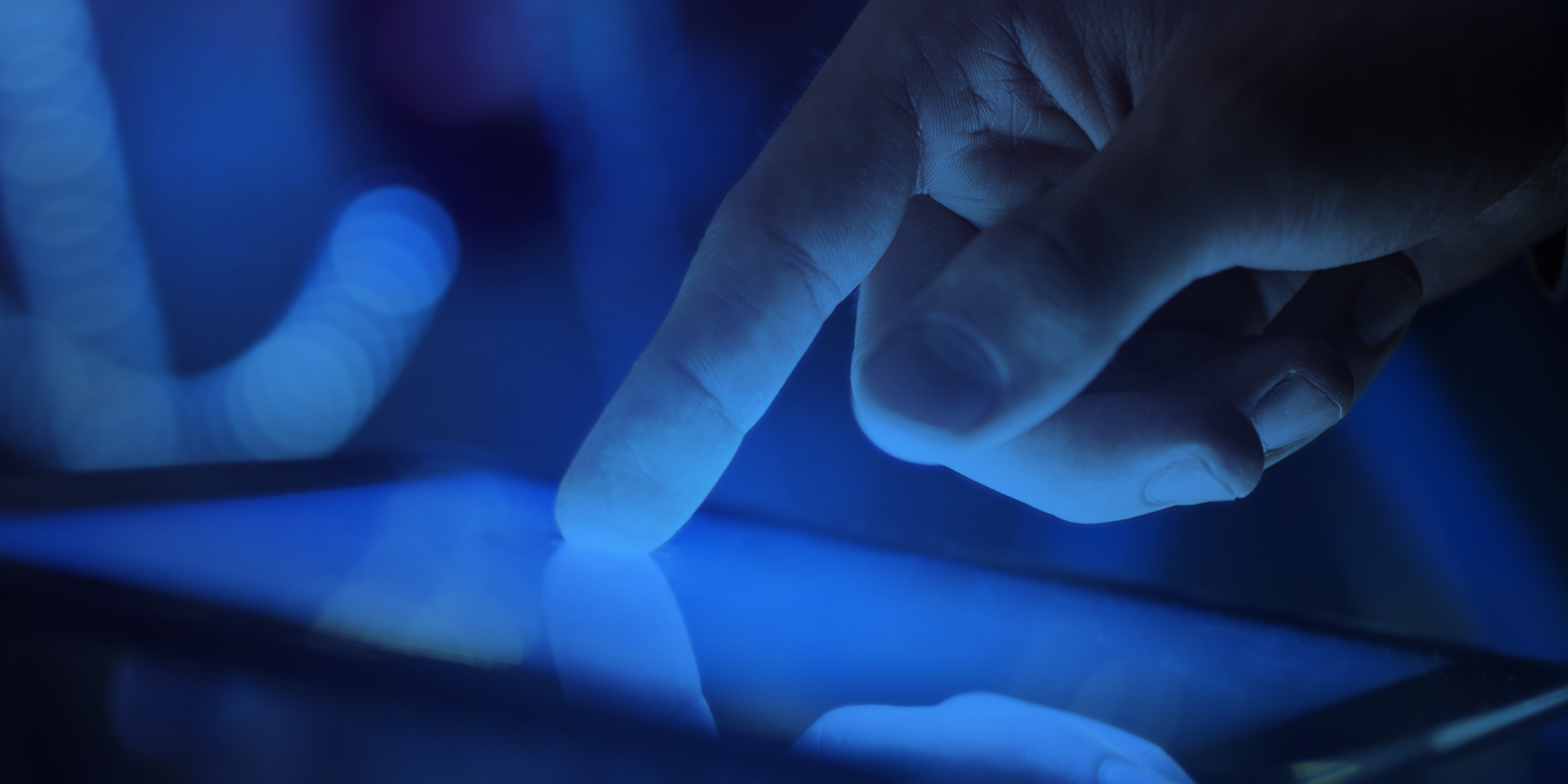Earlier this week a yellow cardinal was spotted in Alabama.
This beautiful bird is rare anomaly bird watchers are flocking to
Alabama to witness this bird in person. Most people will never get
the chance to see a yellow cardinal the phenotype is only spotted
two to three times each year. This yellow phenotype is so rare
because the color red in birds has been overwhelmingly sexually
selected for. The theory behind the selection is: the enzyme that
converts yellow pigment to red is located in mitochondria so it is
linked to energy production, thus the red pigment is associated
with higher fitness. (Lopes et. al. 2016)
Many birds such as cardinals, flamingos and woodpeckers,
need to consume pigments known as carotenoids to achieve their
bright plumage colors. Carotenoids are organic pigments in orange
foods such as sweet potato, carrots, and apricots. This effect spans
vertebrate phylum and has been shown to affect salmon and even
humans: the salmon’s pink colored flesh is result from the
consumption of carotenoids, and humans’ skin can turn orange from
consuming high levels of beta carotenes (a carotenoid) which is
commonly found in carrots. (Lopes et. al. 2016)
This yellow cardinal is likely a knockout mutant for the gene
that produces CYP2J19 an enzyme for processing beta carotenes.
CYP2J19 converts the yellow pigments into red feathers.
(Lopes et. al. 2016) CYP2J19 is a ketolase which cleaves
CYP2J19 converts the yellow pigments into red feathers.
(Lopes et. al. 2016) CYP2J19 is a ketolase which cleaves
the beta carotene at the keytones changing the compound into canthaxanthin changing the color of this compound from yellow to red. (Lopes et. al. 2016)
While this mutation may not change the fate of
society, it certainly made many bird watchers’ day. Dramatic
mutations like this that alter an organism’s entire phenotype
are a reminder or just how genetically diverse life is, how
are a reminder or just how genetically diverse life is, how
special it is for every living organism in the world to have its
own mostly unique genetic code, and humbles all who realize
the fantastic awe-inspiring process of evolution.
Written By: Brooke Sullivan
Story Inspiration: http://www.al.com/news/index.ssf/2018/02/one_in_a_million_yellow_cardinal.html
Citations:
Genetic Basis for Red Coloration in Birds
Lopes, Ricardo J. et al.
Current Biology , Volume 26 , Issue 11 , 1427 - 1434
http://www.cell.com/current-biology/fulltext/S0960-9822(16)30401-8
http://www.cell.com/current-biology/fulltext/S0960-9822(16)30401-8

